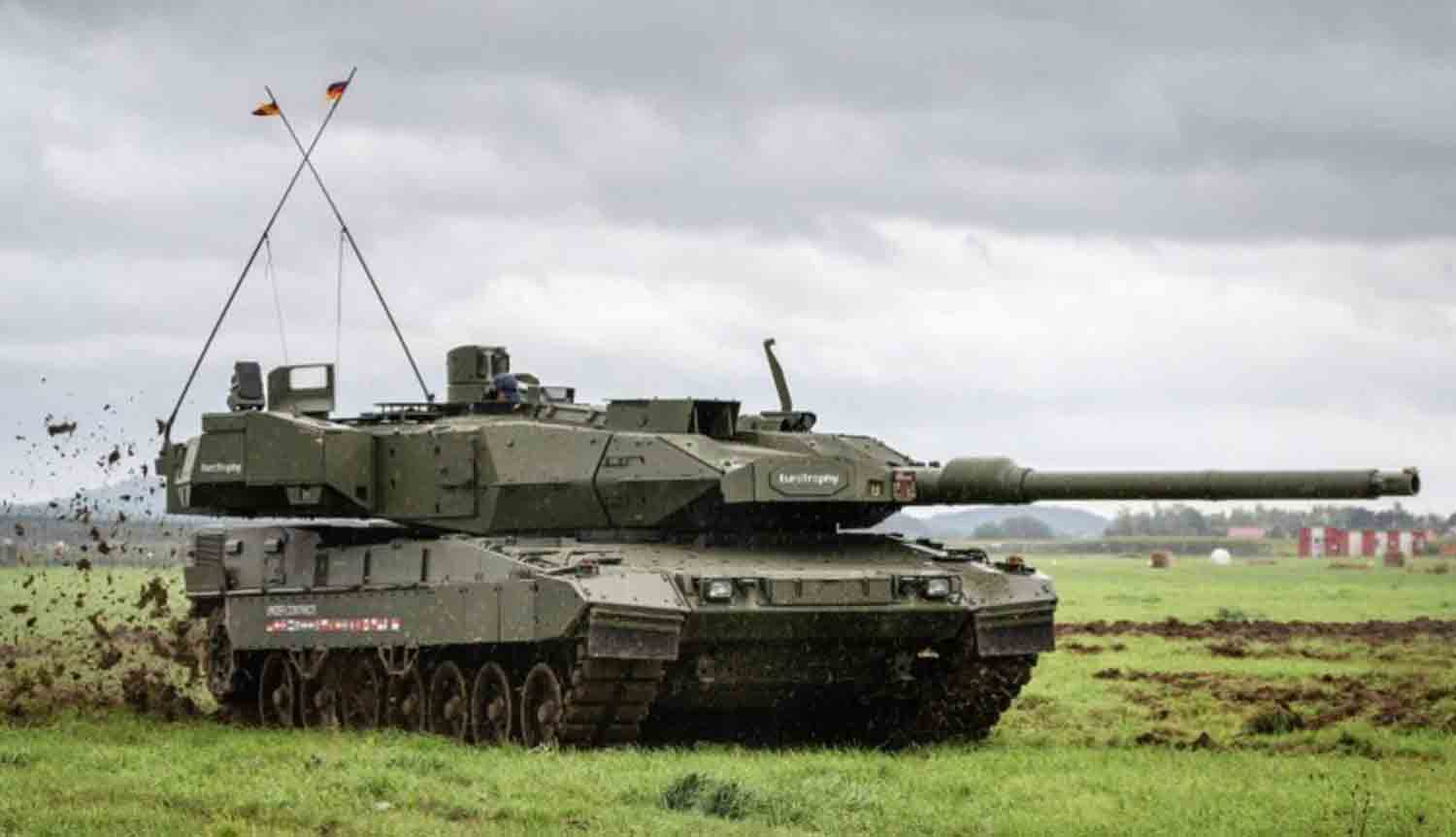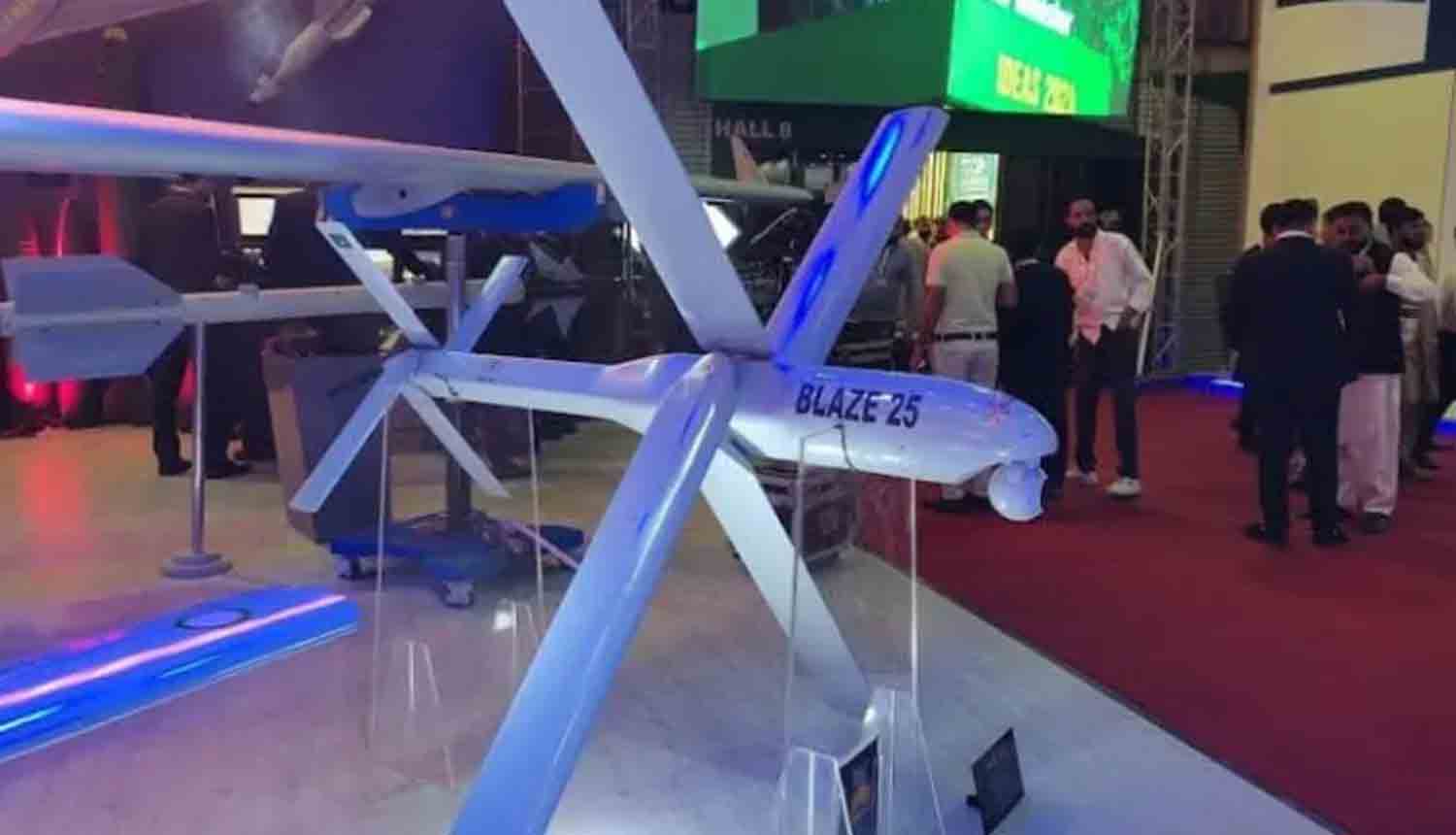Austria is actively enhancing its armored capabilities, yet the financial implications of acquiring modern tanks are proving to be quite daunting. At present, the Austrian Army operates a single tank battalion, known as Panzerbataillon 14, which is equipped with 58 Leopard 2A4 tanks.
Although these tanks remain effective in combat, they have undergone only minor upgrades, primarily in their electronic systems and turret mechanisms. To strengthen its military readiness, Austria intends to procure an additional 58 Leopard 2A8 tanks, with an astonishing projected expenditure of €1.7 billion (approximately $1.78 billion).
The anticipated cost per Leopard 2A8 tank is around €29 million, or about $30.3 million. This significant price tag has raised concerns, and while some may contend that this reflects a premium for export clients, it is noteworthy that Germany is facing similar costs for its own fleet.
The justification for such high pricing often centers on the inclusion of the Trophy active protection system. However, a closer examination reveals that Trophy is not the primary driver of these costs. For instance, the U.S. Army acquired Trophy HV systems for its M1A2SEPv2 and M1A2SEPv3 Abrams tanks at a total expense of $193 million, averaging approximately $482,500 per unit.
Even without the Trophy system, the Leopard 2A8 remains a costly investment, with estimates suggesting a price of around €28 million (about $30 million) per unit, contingent on order volume and specific needs. European procurement practices typically favor larger orders, which could potentially lower unit costs, but this does not mitigate the reality that acquiring a single battalion of tanks represents a substantial financial commitment.
Poland has recently allocated $4.75 billion for the acquisition of 250 M1A2SEPv3 Abrams tanks, 26 M88A2 armored recovery vehicles, and 17 M1110 assault bridges, alongside expenses for training, logistics, ammunition, and spare parts. When calculated, the cost per vehicle stands at approximately $16.2 million, which is considerably less than that of the Leopard 2A8.
However, the financial aspect is not the only concern; significant logistical hurdles are also on the horizon. The delivery timeline for a complete tank battalion, typically comprising 44 to 58 units, could extend from 6 to 8 years. This situation highlights a broader issue: the diminishing industrial capacity in Europe, which is leading the defense sector to depend on costly, small-scale orders that result in prolonged wait times and restricted availability.
In light of these factors, it may be prudent for Austria to consider investing those resources into more versatile and operationally adaptable options. While tanks like the Leopard 2A8 have their strategic value, in the context of modern, rapidly changing battlefields, fighter jets offer greater adaptability, enhanced range, and superior strike capabilities. Although the upfront investment for a fighter squadron may be higher, the operational flexibility gained is substantial.
With the budget allocated for a Leopard 2A8 tank battalion, Austria could potentially acquire three to four complete fighter squadrons equipped with advanced aircraft. Older variants of the Saab Gripen or F-16 Fighting Falcon, available for approximately $30 million each, could afford Austria a distinct strategic edge—one that emphasizes mobility, speed, and the ability to engage aerial targets rather than solely ground-based ones.
Austria’s choice to invest in new tanks transcends mere cost considerations; it reflects a broader strategic vision. The defense landscape in Europe is at a pivotal moment, characterized by diminishing industrial capabilities and an increasing dependence on small, expensive procurement initiatives. Austria must judiciously assess the equilibrium between air and land forces, ensuring that its investments are both effective and economically sound to safeguard national security.
The Leopard 2A8 represents the latest advancement in Germany’s renowned Leopard 2 main battle tank series, a collaborative endeavor by Krauss-Maffei Wegmann (KMW) and Rheinmetall. This tank variant has garnered significant interest from military analysts and enthusiasts, offering a combination of superior protection, firepower, and operational capabilities designed to address the challenges of contemporary warfare.
Initially presented as a demonstrator at the International Defence and Security Technologies Fair (IDET) in Brno, Czech Republic, in May 2023, the Leopard 2A8 has progressed from a conceptual design to a production-ready model, making its global debut at Eurosatory 2024. This version of the Leopard series is not just a minor enhancement but a substantial advancement in tank technology, aiming to transform the capabilities of main battle tanks on the battlefield.
At its essence, the Leopard 2A8 builds on the groundwork established by its predecessor, the Leopard 2A7+. However, it incorporates several significant improvements, with one of the most prominent being the integration of advanced armor systems.
The Leopard 2A8 tank features an advanced multilayer armor system that integrates steel, tungsten, composite materials, and ceramic elements, providing exceptional defense against contemporary threats such as anti-tank guided missiles and rocket-propelled grenades. This armor is further enhanced by the EuroTrophy Active Protection System (APS), which offers comprehensive 360-degree radar surveillance and the capability to intercept incoming projectiles.
In terms of firepower, the Leopard 2A8 is equipped with a 120mm/L55 A1 smoothbore gun, an advancement over its predecessor, the L55, delivering increased muzzle velocity for enhanced accuracy, range, and penetration capabilities.
The main armament is supported by an advanced fire control system that incorporates third-generation thermal imaging for both the commander and gunner, ensuring effective target engagement in all conditions, whether day or night. Additionally, the tank is fitted with a remotely operated weapon system featuring a machine gun, enabling the crew to address threats while remaining protected.
Mobility is a key aspect of the Leopard 2A8’s design. With a powerful 1,600 hp engine, the tank is capable of maneuvering across various terrains, from challenging landscapes to urban settings. It can reach a maximum speed of approximately 70 km/h on roads and has an operational range of around 450 km, making it suitable for extended missions.
The suspension system has also been upgraded to better accommodate the increased weight resulting from the tank’s enhanced armor and additional equipment.
The Leopard 2A8 features an array of systems designed to enhance situational awareness. Its omnidirectional observation system, complemented by an optional laser beam radiation warning system, keeps the crew vigilant against threats from any direction.
These systems are seamlessly integrated into the tank’s digital framework, facilitating a more interconnected combat approach where information can be swiftly exchanged both within the tank and throughout a wider military network.
On the international stage, the Leopard 2A8 has garnered interest from multiple nations. Germany, Norway, and the Netherlands have committed to acquiring these tanks, each intending to incorporate them into their armored forces as part of a strategic enhancement to address modern security challenges.
For instance, the Netherlands has placed an order for 46 units, signaling a substantial reinvestment in heavy armor capabilities following a period of reduced presence.
In summary, the Leopard 2A8 signifies a major leap forward in tank warfare technology. With its combination of advanced armor, firepower, and mobility, it is set to become a fundamental element of contemporary armored divisions for the foreseeable future. As military strategies continue to evolve, the Leopard 2A8 is prepared to adapt, safeguard, and project power in an increasingly unstable global environment.
Discover more from Defence Talks | Defense News Hub, Military Updates, Security Insights
Subscribe to get the latest posts sent to your email.





